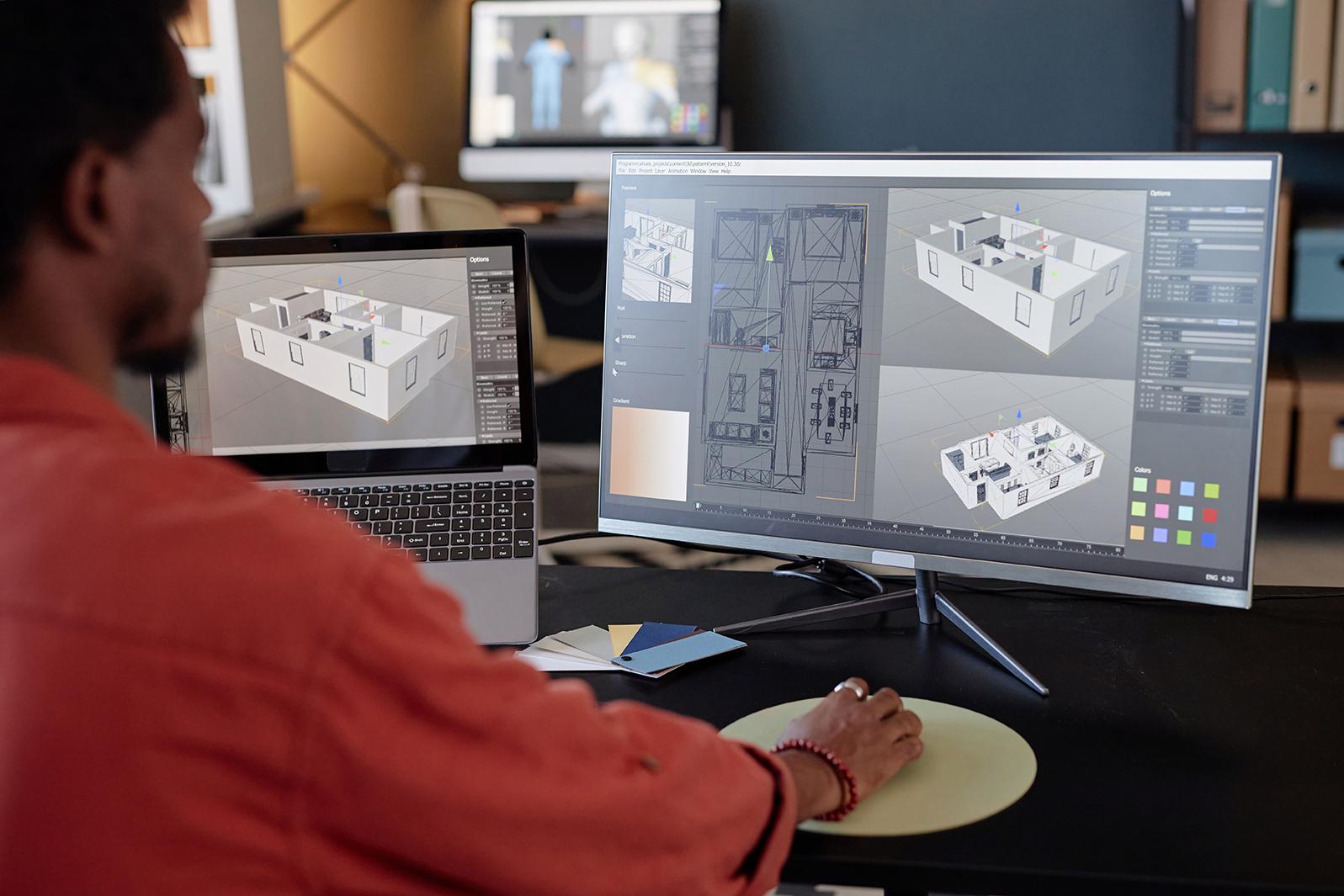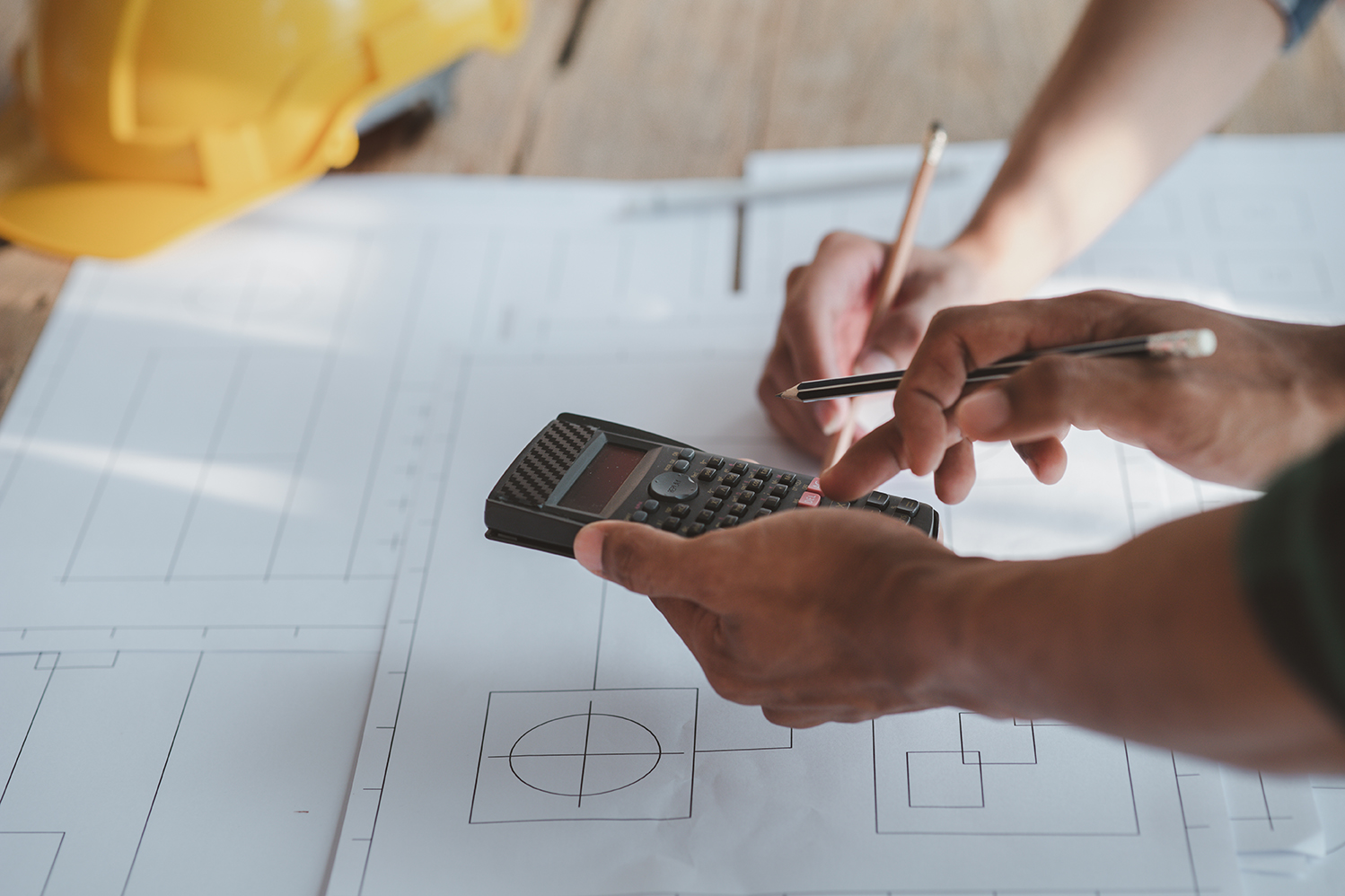In architecture and engineering, precision is everything. But in a world where timelines are tighter and budgets are shrinking, precision alone isn’t enough—you also need speed, flexibility, and smart resource management. That’s why more firms are turning to a solution that checks all those boxes: remote CAD and BIM teams.
It’s not just a passing trend. Remote drafting and modeling professionals are helping firms of all sizes cut costs, accelerate workflows, and deliver high-quality designs without overextending in-house teams. And the industry is already moving in this direction—2023 survey data shows that BIM is widely adopted across the AEC sector, with 74% of contractors, 67% of engineers, and 70% of architects in the U.S. using it in their work.
If your firm is still relying only on in-office staff to get every project done, now is the time to rethink how you work. Here’s why embracing remote CAD and BIM support could be one of the smartest moves your firm makes this year.
Why Remote CAD & BIM Teams Are a Smart Move for Your Firm

1. Lower Overhead, Higher Output
Hiring in-house talent comes with a big price tag: salaries, benefits, software licenses, hardware, desk space, and onboarding time. For many firms, especially small to midsize ones, expanding the team often feels out of reach—even when the workload demands it.
That’s where remote CAD and BIM teams come in. By working with a remote team, you can access top-tier talent without the full-time expense. You only pay for the hours or scope you need. No office setup, no extra equipment, and no long-term hiring commitments.
This setup helps you scale up during peak project phases without ballooning your budget—and scale down when things slow, keeping your costs lean and predictable.
2. Faster Project Turnarounds
Tight deadlines are nothing new in architecture and engineering. But juggling multiple deliverables with a stretched-thin internal team can lead to burnout, errors, and missed deadlines.
With remote CAD and BIM teams, you can keep projects moving without overloading your core staff. Remote team members can handle redlines, revisions, 3D modeling, documentation, and detailing while your in-house team focuses on higher-level design or client coordination.
It’s like giving your firm a speed boost—without sacrificing quality or overextending your current team.
3. Access to Specialized Skills
CAD and BIM aren’t one-size-fits-all. From Revit and AutoCAD to Civil 3D and ArchiCAD, different projects demand different tools and workflows. But hiring someone full-time with every specialty your firm might need? That’s neither practical nor cost-effective.
Remote teams give you on-demand access to specialists who already know the software, standards, and workflows your project requires. Whether you need MEP coordination, site modeling, or precise detailing for a commercial structure, you can plug in the right skills when you need them.
And because these professionals often work across multiple projects and firms, they bring fresh perspectives and broad experience to your team.
4. Quality You Can Count On
Let’s bust a myth: remote doesn’t mean lower quality. In fact, many remote CAD and BIM professionals deliver equal or better results compared to in-house hires. Why? Because they focus entirely on execution. Their job is to meet standards, hit deadlines, and deliver clean, accurate work—every time.
The best remote staffing partners vet their talent rigorously, ensuring you get reliable professionals with real-world experience in your industry.
At BizForce, for example, our CAD and BIM teams go through software testing, portfolio review, and communication screening—so you’re not just delegating tasks, you’re extending your team with people who get it right the first time.
5. Better Workload Balance for Your Core Team
Design professionals are passionate about what they do—but they’re also human. When your core team is buried in drafting or modeling tasks, they can’t focus on creative design, client meetings, or business development. That imbalance leads to frustration, missed growth opportunities, and eventually, turnover.
Remote support helps you protect your internal team’s time and energy. It allows your staff to focus on the work they’re best at—while remote team members handle the heavy lifting of documentation and production.
This not only keeps morale high but also helps you retain top in-house talent by creating a healthier, more focused work environment.
6. Flexibility in a Changing Industry
The way we work is changing. More firms are embracing hybrid teams, flexible staffing, and project-based hiring. And clients are becoming more demanding—expecting faster delivery, lower costs, and cutting-edge digital models.
Remote CAD and BIM staffing fits right into this evolving model. It gives your firm the flexibility to respond to market demands, take on more work without growing your full-time headcount, and experiment with new project types without making long-term commitments.
It’s a modern approach to staffing that matches the pace and pressure of the modern AEC industry.
7. The Competitive Edge You Didn’t Know You Needed
In a crowded field, efficiency is a competitive advantage. When you can deliver faster, adapt quicker, and operate leaner, you’re better positioned to win new business and impress existing clients.
Remote CAD and BIM teams give you that edge. You get more done with less—without sacrificing accuracy, design integrity, or communication. And when clients see that your team is responsive, efficient, and cost-conscious, they notice.
It’s not just about saving money. It’s about growing smarter.
Real-World Example: Scaling Smarter with Remote Support
Let’s say your firm just landed two new commercial projects with tight deadlines and detailed BIM requirements. Your team is excited—but overwhelmed. You don’t have enough people to handle the added work without risking your other active projects.
Instead of rushing to hire or risking burnout, you bring in a remote BIM modeler and two CAD drafters. They plug into your process, support the project team, and handle documentation, while your in-house leads focus on design and client management.
The result? Deadlines met. Clients happy. Internal team energized—not exhausted. And you did it all without increasing your overhead.
That’s the power of strategic remote staffing.
Final Thoughts: Remote Support Is a Smart Move, Not a Shortcut

Remote CAD and BIM teams aren’t a replacement for your in-house talent—they’re a strategic extension of it. They give you the flexibility, speed, and affordability to keep up with demand without compromising on quality or vision.
In an industry that values precision, smart design, and efficiency, working smarter includes how you build your team.
If you’re ready to explore what remote support could look like for your firm, BizForce is here to help. We provide vetted, experienced remote professionals who specialize in CAD, BIM, and architectural support—so you can focus on delivering your best work, while we take care of the rest.
Let’s build something smarter together.
Learn more about how BizForce helps architecture and engineering firms cut costs and boost design with remote CAD & BIM support. Book a free consultation today.
